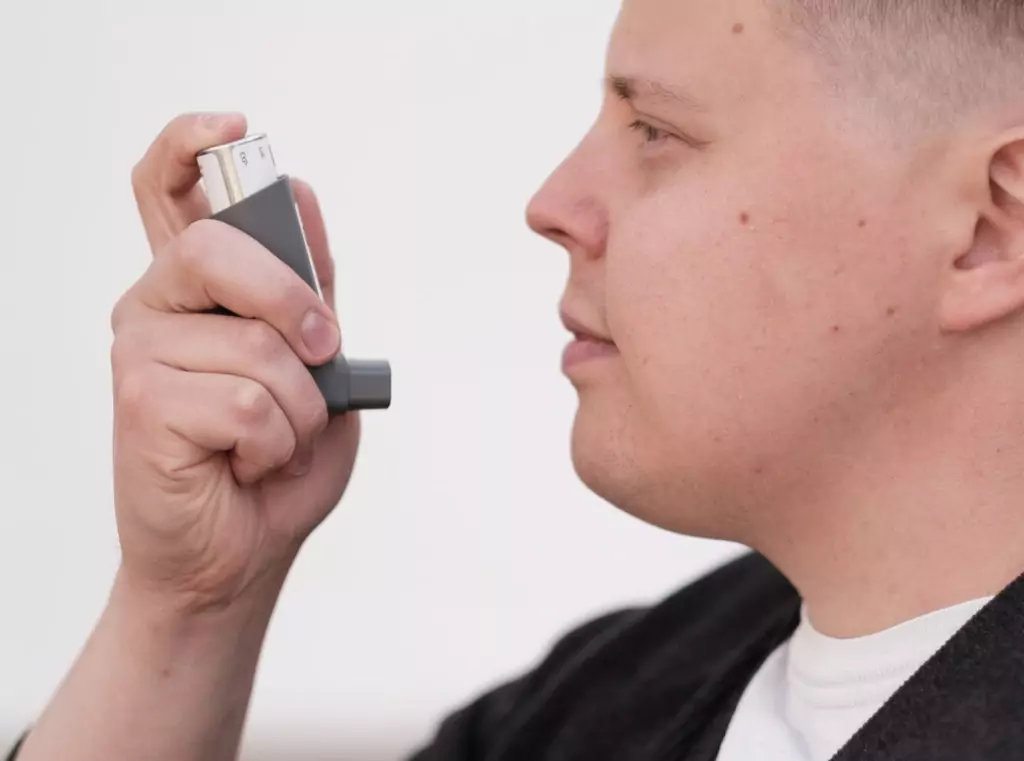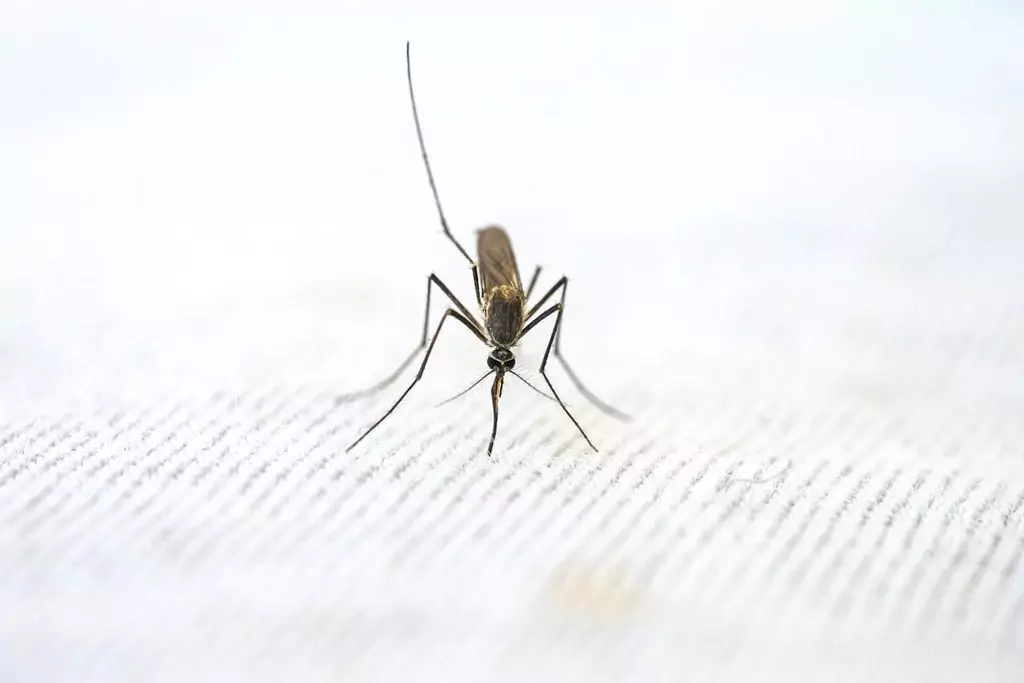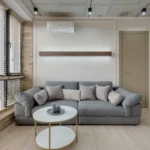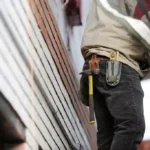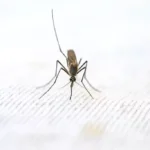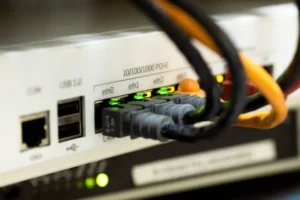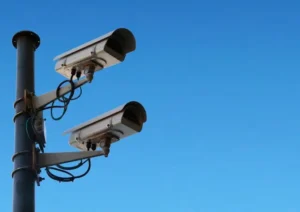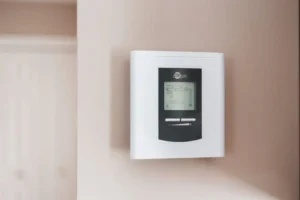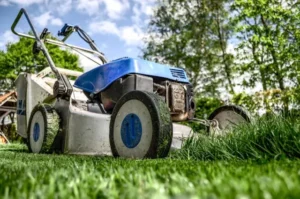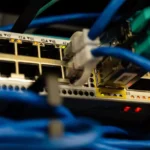Now Reading: Are Home Air Conditioner Tune Ups Necessary
- 01
Are Home Air Conditioner Tune Ups Necessary
- Home
- Home Appliances
- Are Home Air Conditioner Tune Ups Necessary
Are Home Air Conditioner Tune Ups Necessary
![]() Anne MaddisonClimate Control, Home AppliancesAugust 24, 202556 Views
Anne MaddisonClimate Control, Home AppliancesAugust 24, 202556 Views
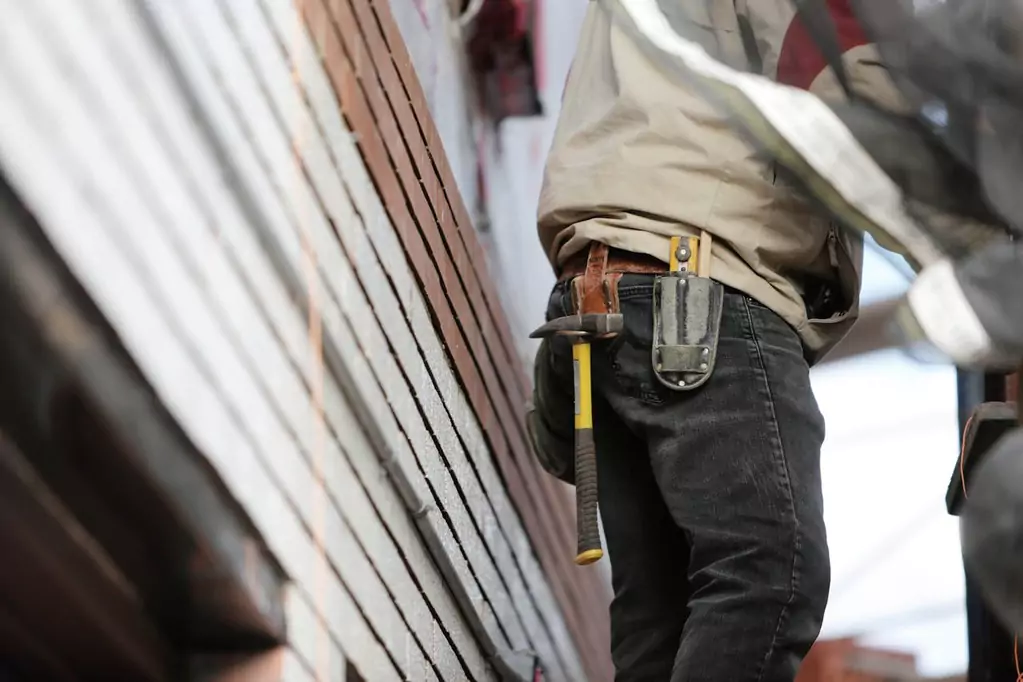
Air conditioning can consume more than 2,000 kilowatt-hours of electricity per year in an average-sized home, making it one of your biggest energy expenses. What if I told you that a simple annual tune-up could reduce those costs significantly while preventing expensive breakdowns that always seem to happen on the hottest day of the year?
The truth is, your air conditioner is a complex mechanical system with dozens of moving parts, electrical components, and precision-engineered elements that need regular attention to perform their best. Just like your car needs oil changes and tune-ups to run efficiently, your AC system requires professional maintenance to deliver optimal performance, energy efficiency, and longevity.
In this comprehensive guide, we’ll dive deep into why tune-ups are essential, what they actually involve, how much they cost, and most importantly, how they can save you money in the long run. Whether you’re a new homeowner or someone who’s been skipping maintenance for years, this information will help you make an informed decision about your AC care.
What Exactly Is an Air Conditioner Tune-Up?
Before we can determine if tune-ups are necessary, let’s understand what actually happens during a professional AC maintenance visit. Many homeowners think a tune-up just involves changing the filter, but there’s much more to it than that.
A comprehensive air conditioner tune-up is a systematic inspection, cleaning, and adjustment of your entire cooling system. The primary goal of a tune-up is to optimize the system’s performance, extend its lifespan, and prevent potential issues before they become costly problems.
During a typical tune-up, a qualified HVAC technician will perform a detailed checklist of tasks that covers both your indoor and outdoor units. This process usually takes 1-3 hours, depending on the size and condition of your system.
Indoor Unit Inspection and Maintenance
The technician starts with your indoor unit, examining the evaporator coil for dirt buildup and signs of corrosion. They’ll clean the coil if necessary, as even a thin layer of dirt can reduce efficiency significantly. The blower motor and fan assembly get lubricated and inspected for proper operation, while electrical connections are tightened and tested for safety.
Your ductwork connections are checked for leaks, and the condensate drain is cleared to prevent water damage and mold growth. The thermostat is calibrated to ensure accurate temperature readings, and all safety controls are tested to make sure they’re functioning properly.
Outdoor Unit Service
Outside, the condenser coil receives thorough cleaning to remove dirt, debris, and vegetation that can block airflow. The fan motor and blades are inspected and lubricated, while refrigerant levels are checked and adjusted if needed. Electrical connections are tightened, and the contractor will look for signs of wear on belts and other moving parts.
System Performance Testing
After completing the physical maintenance, the technician runs comprehensive performance tests. They’ll measure airflow, check temperature differentials, test system pressures, and verify that all components are working together efficiently. This testing often reveals minor issues that can be corrected before they become major problems.
Filter Replacement and Recommendations
While you can change your own filter, the technician will install a new one and provide recommendations for the right type and frequency of replacement based on your specific system and home conditions.
The entire process is designed to catch small problems early, ensure your system is running as efficiently as possible, and give you peace of mind that your AC won’t fail when you need it most. Think of it as a comprehensive physical exam for your cooling system.
The Real Cost of Skipping AC Maintenance
Now that we understand what tune-ups involve, let’s talk about what happens when you skip them. The costs of avoiding regular maintenance extend far beyond just the price of the service call.
Energy Efficiency Decline
Neglecting maintenance leads to a decline in performance and increased energy use. Your AC system naturally accumulates dirt, dust, and debris over time. When your evaporator and condenser coils get dirty, they can’t transfer heat effectively, forcing your system to work harder and run longer to achieve the same cooling effect.
A dirty system can lose 5-15% of its original efficiency each year without proper maintenance. For a typical household spending $2,000 annually on cooling costs, this represents potential savings of $100-$300 per year.
Shortened Equipment Lifespan
Air conditioners are designed to last 15-20 years with proper maintenance. Without regular tune-ups, you might find yourself replacing your system after just 8-12 years. When you consider that a new central air conditioning system can cost $3,000-$7,000 or more, the math becomes clear: spending $100-$200 annually on maintenance to extend your system’s life by 5-7 years is an excellent investment.
Expensive Emergency Repairs
Here’s where skipped maintenance really hurts your wallet. Analysis of four major rental operators found 31-50% reduction in HVAC service requests through preventive maintenance programs. This data, tracking over 100,000 rental units, shows that regular maintenance dramatically reduces the likelihood of breakdowns.
Emergency HVAC repairs typically cost 2-3 times more than the same repair done during regular business hours. When your AC fails on a 95-degree weekend, you’ll pay premium prices for both parts and labor. Common emergency repairs like compressor replacement can cost $1,500-$3,000, while a capacitor replacement that could be caught during maintenance might cost $300 during an emergency call.
Warranty Voidance
Many AC manufacturers require proof of annual professional maintenance to keep warranties valid. Skipping tune-ups could void your warranty, leaving you responsible for expensive repairs that should have been covered.
Health and Comfort Issues
A poorly maintained AC system can develop mold growth, bacterial contamination, and poor air filtration. This leads to reduced indoor air quality, potential health issues, and decreased comfort even when the system is running.
If you or someone in your family struggles with asthma, you’ll want to read our full guide on whether home air conditioning can trigger asthma to understand the risks and solutions.
Property Value Impact
Well-maintained HVAC systems add value to your home, while neglected systems can be red flags for potential buyers. A home inspection revealing a poorly maintained AC system can lead to reduced offers or required repairs before closing.
The financial impact of skipping maintenance compounds over time. What starts as saving $100-$200 per year on tune-ups can easily cost you thousands in increased energy bills, premature replacement, and emergency repairs.
How Often Should You Schedule AC Tune-Ups?
The frequency of air conditioner maintenance is a common question with a clear answer based on industry standards and manufacturer recommendations. Understanding the optimal schedule helps you plan and budget for proper system care.
Annual Maintenance: The Gold Standard
Homeowners should schedule HVAC maintenance at least once a year. This annual tune-up should ideally be performed in late spring, typically March through May, before the heavy cooling season begins. This timing allows technicians to address any issues that developed over the winter and ensure your system is ready for peak performance when hot weather arrives.
Bi-Annual Service for Optimal Performance
Experts recommend that you schedule a professional HVAC tune-up at least twice a year – spring for cooling systems and fall for heating systems. If you have a heat pump that provides both heating and cooling, or if you live in a climate with extended cooling seasons, bi-annual service provides the best protection and performance.
Factors That May Require More Frequent Service
Several conditions might necessitate more frequent maintenance than the standard annual schedule:
Heavy Usage Environments: Homes in extremely hot climates where AC systems run constantly may benefit from bi-annual service. Systems that operate more than 2,500 hours annually experience more wear and accumulate dirt faster than those in moderate climates.
Poor Air Quality Conditions: Homes near construction sites, busy roads, or areas with high pollen counts may need more frequent attention. Dust, debris, and contaminants can clog filters and dirty coils more quickly in these environments.
Pet Owners: Homes with multiple pets often have higher levels of hair and dander that can clog filters and reduce system efficiency more rapidly. Pet owners might benefit from spring and mid-summer tune-ups.
Older Equipment: Air conditioners over 10 years old may need more frequent attention as components wear and efficiency naturally declines. Bi-annual service can help identify aging components before they fail.
Previous Issues: Systems that have had recurring problems or recent major repairs might benefit from more frequent monitoring until performance stabilizes.
Manufacturer Warranty Requirements
Many equipment manufacturers specify maintenance frequency in their warranty terms. Some require annual professional service, while others may specify different intervals. Check your warranty documentation to ensure compliance and maintain coverage.
Seasonal Timing Considerations
Spring maintenance (March-May) is ideal because it prepares your system for the heavy usage months ahead. Fall maintenance (September-November) is valuable in hot climates where cooling systems run well into autumn, and it’s essential for heat pumps preparing for winter operation.
Budget-Friendly Maintenance Schedules
If budget constraints make annual professional service challenging, consider alternating between full professional tune-ups and basic maintenance checks. However, never go more than two years without professional service, as the risks and costs of neglected maintenance quickly outweigh the savings.
Service Agreement Benefits
Many HVAC contractors offer maintenance agreements that include annual or bi-annual service, priority scheduling, and discounts on repairs. These agreements typically cost slightly more than individual tune-ups but provide better value and ensure you don’t forget to schedule service.
The investment in proper maintenance frequency pays dividends in system reliability, energy efficiency, and equipment longevity. Most homeowners find that annual service provides excellent value, while those with demanding conditions benefit from bi-annual maintenance.
Costs and Value Analysis
Understanding the true cost of AC tune-ups requires looking beyond the initial service fee to examine the comprehensive value and long-term savings. Let’s break down the investment and returns to help you make an informed decision.
Typical Tune-Up Costs
Expect to pay about $100 to $200 for an air conditioning tune-up based on several factors including your location and the service provider you hire. This price variation depends on your geographic area, the complexity of your system, the comprehensiveness of the service, and the contractor’s reputation and expertise.
Factors Affecting Tune-Up Pricing
Geographic location plays a significant role in pricing, with urban areas and regions with higher labor costs typically charging more. System complexity also matters – a basic single-stage central air unit costs less to service than a variable-speed system with zoned controls.
The scope of service included affects pricing as well. Basic tune-ups focusing on essential tasks cost less than comprehensive inspections that include ductwork evaluation, indoor air quality assessment, and detailed performance testing.
Cost Comparison: Maintenance vs. Neglect
Let’s examine the financial impact over a typical system’s lifetime. A well-maintained AC system lasting 20 years with annual $100-$200 tune-ups costs $2,000-$4,000 in maintenance. A neglected system lasting 12 years with no maintenance but requiring three major repairs averaging $800 each costs $2,400 in repairs plus premature replacement costs.
When you factor in the energy savings from maintained efficiency, the maintained system becomes significantly more economical. Regular HVAC maintenance can reduce energy consumption by 5-15%. For a home spending $2,400 annually on cooling, maintaining 10% efficiency saves $240 yearly, or $4,800 over 20 years.
Return on Investment Analysis
The total investment in maintenance ($2,000-$4,000) plus the maintained system’s longer lifespan provides substantial returns. Energy savings alone ($4,800) exceed maintenance costs, while avoiding premature replacement saves $5,000-$8,000 in equipment costs. Emergency repair avoidance saves additional thousands over the system’s lifetime.
Hidden Costs of Skipping Maintenance
Beyond obvious repair and replacement costs, neglected systems create hidden expenses. Higher energy bills compound monthly, often going unnoticed until homeowners compare bills from maintained systems. Warranty voidance can cost thousands when major components fail.
Indoor air quality issues from neglected systems can lead to health problems, increased cleaning costs, and reduced comfort. Property value impacts become evident during home sales when inspections reveal neglected HVAC systems.
Value-Added Services
Many contractors include additional services in tune-up pricing that provide extra value. Priority scheduling for emergency repairs, discounted labor rates, and extended warranties on service work are common benefits. Some companies offer maintenance agreements that include annual service plus additional perks.
Budget Planning Strategies
Annual maintenance costs are predictable expenses that can be budgeted monthly. Setting aside $9-$17 monthly covers annual tune-up costs and helps avoid the sticker shock of emergency repairs. Many contractors offer payment plans or maintenance agreements that spread costs over the year.
Insurance and Warranty Considerations
Some homeowner’s insurance policies offer discounts for well-maintained HVAC systems. Additionally, maintaining manufacturer warranties through regular service protects against expensive component failures. These financial protections add value beyond the direct maintenance benefits.
Quality vs. Price Balance
While it’s tempting to choose the lowest-priced service, quality matters significantly in HVAC maintenance. Experienced technicians with proper equipment and comprehensive checklists provide better value than quick, superficial inspections. Investing in quality maintenance prevents problems that cheap service might miss.
The comprehensive value analysis clearly shows that regular AC tune-ups provide excellent returns on investment through energy savings, extended equipment life, avoided repairs, and improved comfort and reliability.
Conclusion
The question “are home air conditioner tune ups necessary” has a definitive answer: absolutely, yes. The evidence overwhelmingly supports regular maintenance as one of the smartest investments you can make in your home’s comfort, efficiency, and your financial well-being.
We’ve seen how tune-ups provide measurable benefits that far exceed their costs. Energy savings of 5-15% annually, extended equipment lifespan of 5-7 years, and dramatic reduction in emergency repairs create compelling financial returns.
The comprehensive nature of professional tune-ups addresses issues that homeowners simply cannot handle themselves. From refrigerant level checks to electrical safety testing, these services require specialized knowledge and equipment. The peace of mind knowing your system won’t fail during the hottest day of summer is invaluable.
Perhaps most importantly, regular maintenance is about being proactive rather than reactive. Instead of dealing with expensive emergency repairs, uncomfortable breakdowns, and premature system replacement, you’re taking control of your home’s cooling system with predictable, manageable maintenance costs.
The typical annual investment of $100-$200 for professional tune-ups pays for itself many times over through energy savings, avoided repairs, and extended equipment life. When you factor in improved comfort, better indoor air quality, and maintained warranty coverage, the value proposition becomes overwhelming.
Don’t wait for your air conditioner to show signs of trouble. Contact a qualified HVAC professional today to schedule your system’s tune-up and join the thousands of homeowners who’ve discovered that regular maintenance is not just necessary – it’s one of the best investments you can make in your home’s comfort and efficiency. Your wallet, your comfort, and your peace of mind will thank you.
Looking to slash your energy bills while staying cool? Discover the most efficient AC setting in our guide on the best air conditioner mode to save electricity.
Related Posts
Previous Post
Next Post
Home AppliancesJuly 28, 2025
Can Air Conditioner Make You Sick?
Climate ControlJuly 27, 2025
What Air Conditioner Size Do I Need?
Climate ControlAugust 24, 2025
Are Home Air Conditioner Tune Ups Necessary
Climate ControlAugust 23, 2025
Can Air Conditioning at Home Trigger Asthma?
- 03
Home AppliancesJuly 28, 2025
Can Air Conditioner Make You Sick?
- 04
Home AppliancesJuly 27, 2025
What Air Conditioner Size Do I Need?


